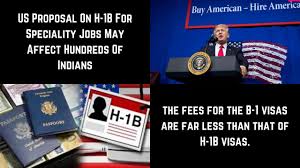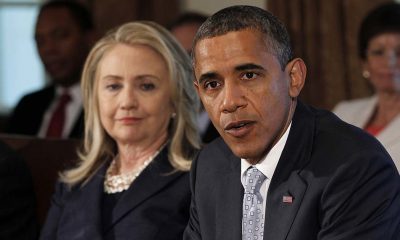World
US advocates improvement in India-Pakistan ties

Washington: For the fourth time in a row, the US State Department commented on the current tensions between India and Pakistan, urging them to improve relations over the range of issues.
Pakistani Ambassador Jalil Abbas Jilani welcomed this, saying that the US was playing “a positive role” in reducing tensions between the two South Asian neighbours, Dawn reported.
At the State Department, spokesperson John Kirby said the US desired “that relations between the two countries continue to improve over a range of issues”.
On Tuesday, US Secretary of State John Kerry also stressed the need for reducing tensions between the two neighbours.
Earlier this week, another State Department official, Jeff Rathke, urged India and Pakistan “to take steps to reduce tensions and to move towards resuming talks”.
Alarmed by the recent spate of threats and counter-threats between Pakistan and India, Secretary Kerry telephoned Pakistani Prime Minister Nawaz Sharif on Tuesday and later told a briefing in Washington that he had a positive and frank conversation with the Pakistani leader.
Sharif had “just finished a conversation himself with the prime minister of India” when he called him, Kerry said.
“The (Pakistani) prime minister was extremely forthcoming. He could not have been more direct,” he said.
Secretary Kerry said the tension was a cause “of enormous concern to all of us for all the obvious reasons”.
Another State Department official told reporters that Washington was “in touch with India” as well “at the highest level”.
World
Lockdowns in China Force Urban Communities to Defy Censorship and Vent Frustration Online

Shanghai’s rich middle class is leading a wave of online dissent over the strict and prolonged lockdowns imposed in various parts of the country. Chinese internet censorship is struggling as patience is wearing thin in many urban centers, coming up with creative forms of online protests.
Social Media Posts Revealing Lockdown Tension in Shanghai
Drawn-out lockdowns are nothing new in China as authorities insist with the nation’s zero-Covid policy since the start of the pandemic. Currently over This time around, however, metropolitan areas like Shanghai are increasingly difficult to keep quiet, given that its more than 25 million residents have seen weeks of total isolation along with food shortages and many other service interruptions.
Dozens of towns and reportedly over 300 million Chinese citizens have been affected by lockdowns of different severity. As expected, urban netizens have been most outspoken over their difficulties by finding creative ways to get around state censorship and bans placed on topics, news comments and spontaneous campaigns.
Shanghai residents have been using mobile proxies and hijacking seemingly unrelated hashtags to talk about healthcare issues, delivery failures and the overall severity of their situation. The “positive energy” that the Chinese government wants to transmit during the recent prolonged series of lockdowns does not come naturally to those counting food supplies and online censors are working hard to filter words, trending topics and undesired social media sharing.
WeChat groups and message threads are under constant monitoring. Posts questioning the zero-Covid approach have been quickly deleted, including by leading Chinese health experts like Dr. Zhong Nanshan. Video footage is soon censored and protests and investigations are quickly made to disappear.
Where this has not worked, officials have exposed banners with warnings and outright threats like “watch your own mouth or face punishment”, while drones have been patrolling the city skies. Yet, if anything, this has led to further tensions and unspoken confrontation with Shanghai’s educated and affluent middle class.
Creative Online Solutions Harnessing Civic Energy
Announcements by Chinese social media that they would be publishing the IP addresses of users who “spread rumors” have not helped either. Tech industry research has shown that much of Asia’s tech-savvy population has a habit of using mobile proxies and other privacy tools, quickly finding workarounds to browse the internet freely and talk to the world about the hottest topics.
The sheer volume of forbidden posts is already a challenge for the very censorship system, experts explain. Unable to track all trending hashtags, state workers overlook topics that speak about the US, Ukraine or other popular news. Linking human rights elsewhere to their situation, Chinese online dissidents establish their informal channels and “hijack” the conversation to share personal or publicly relevant information about the Covid suppression in their town.
Sarcastic and satirical posts still dominate. Others hope to evade the censors by replacing words from famous poems or the national anthem. One thing is certain – social media, when harnessed with the right creativity, has proven its ability to mount pressure on the government in even some of the most strictly controlled tech environments like China.























